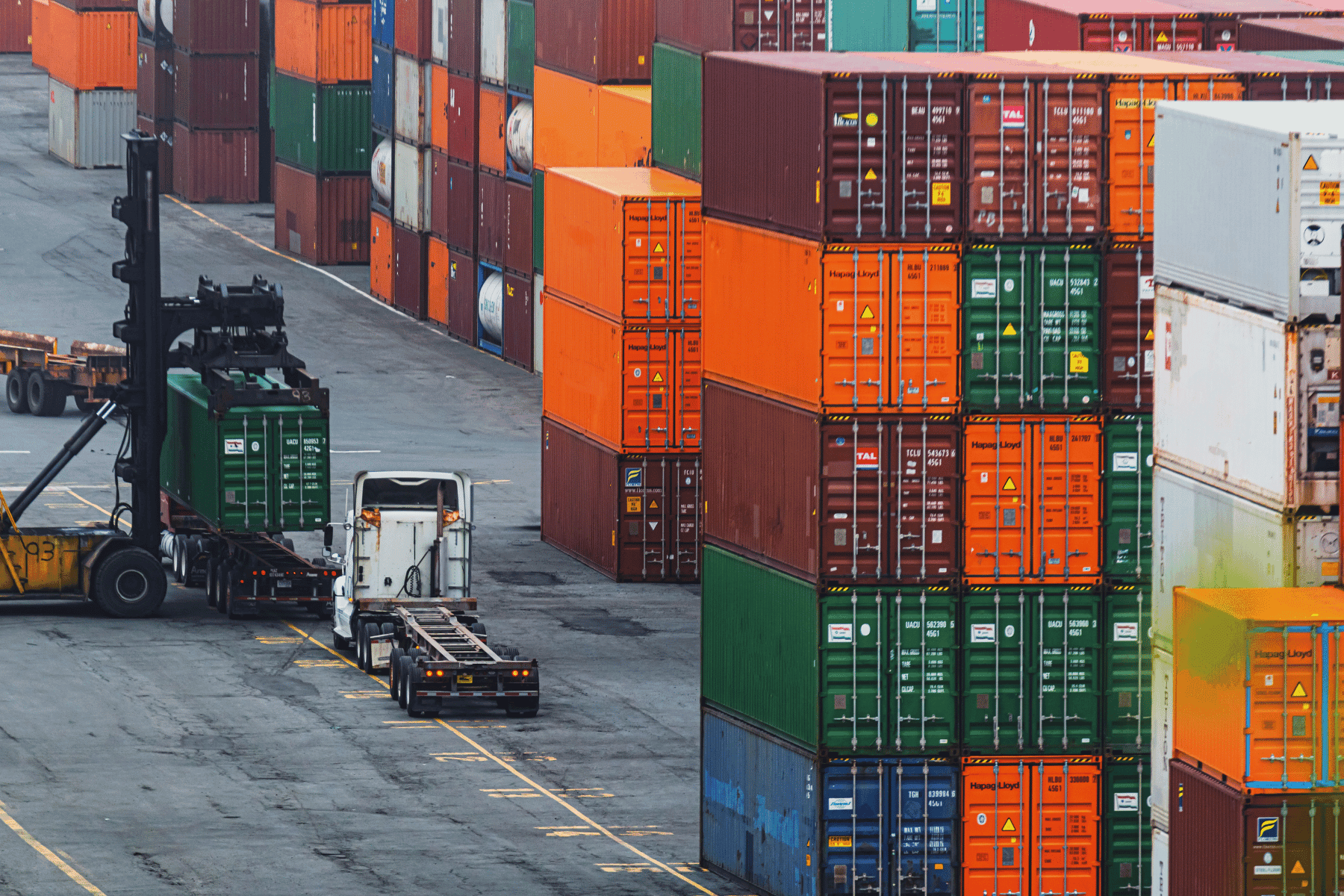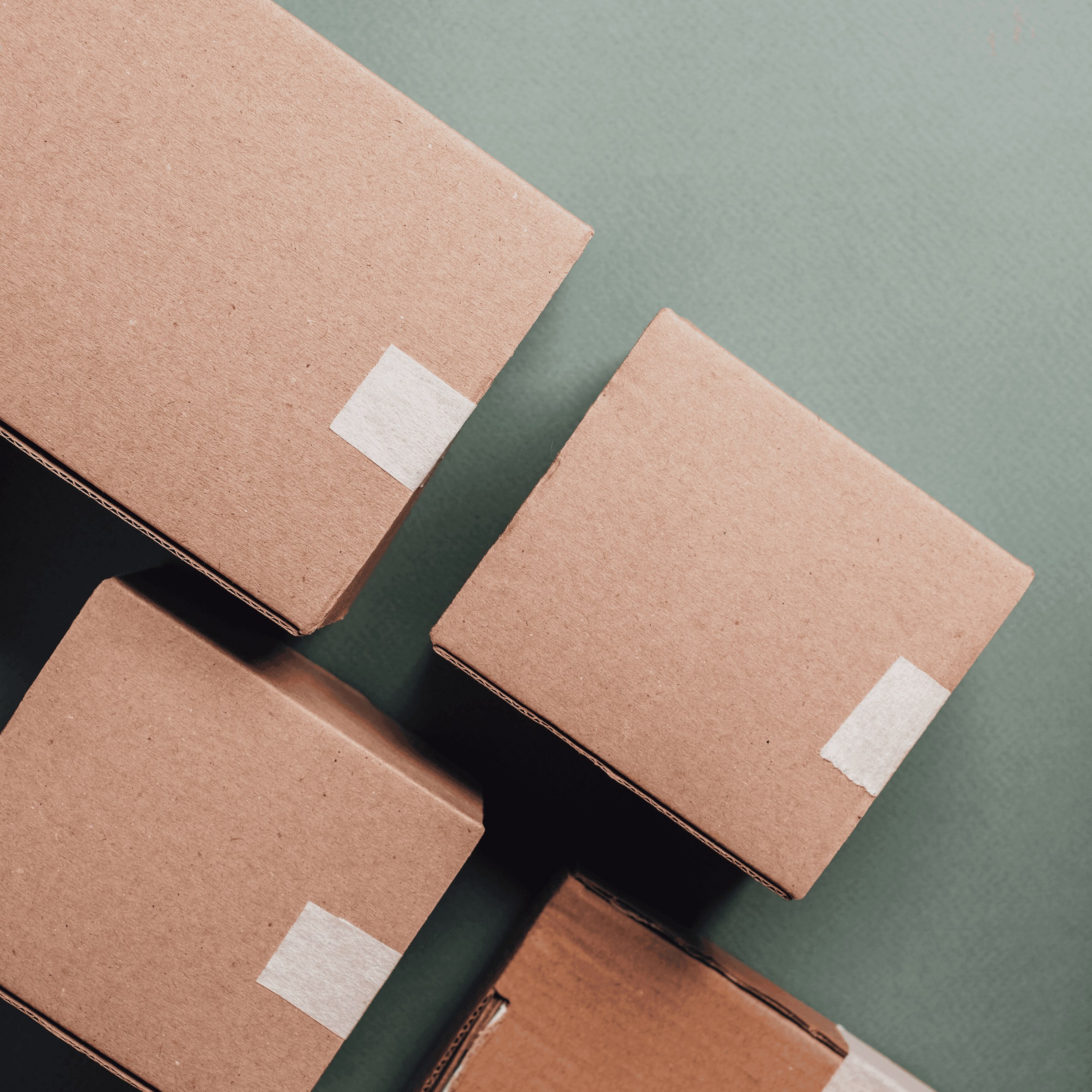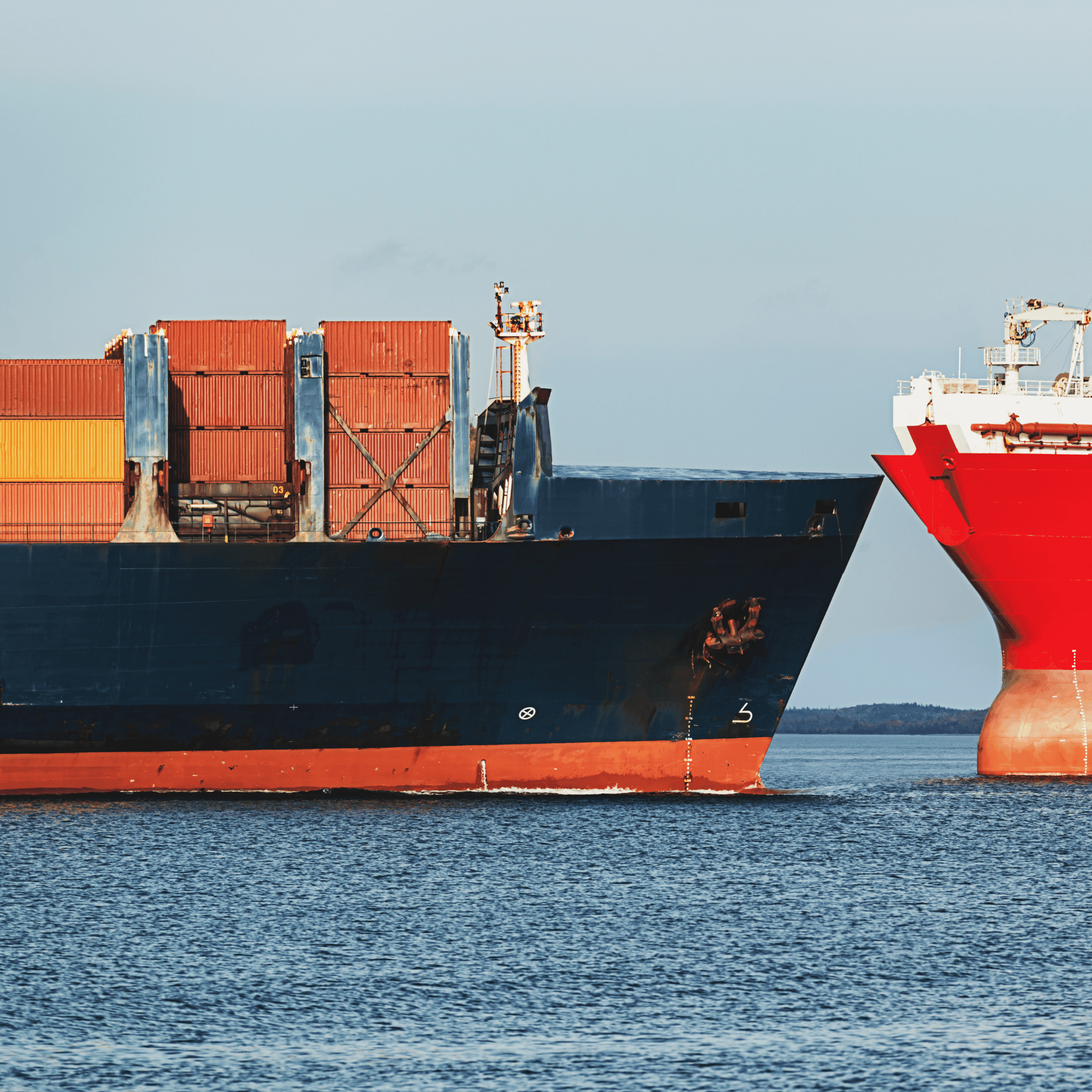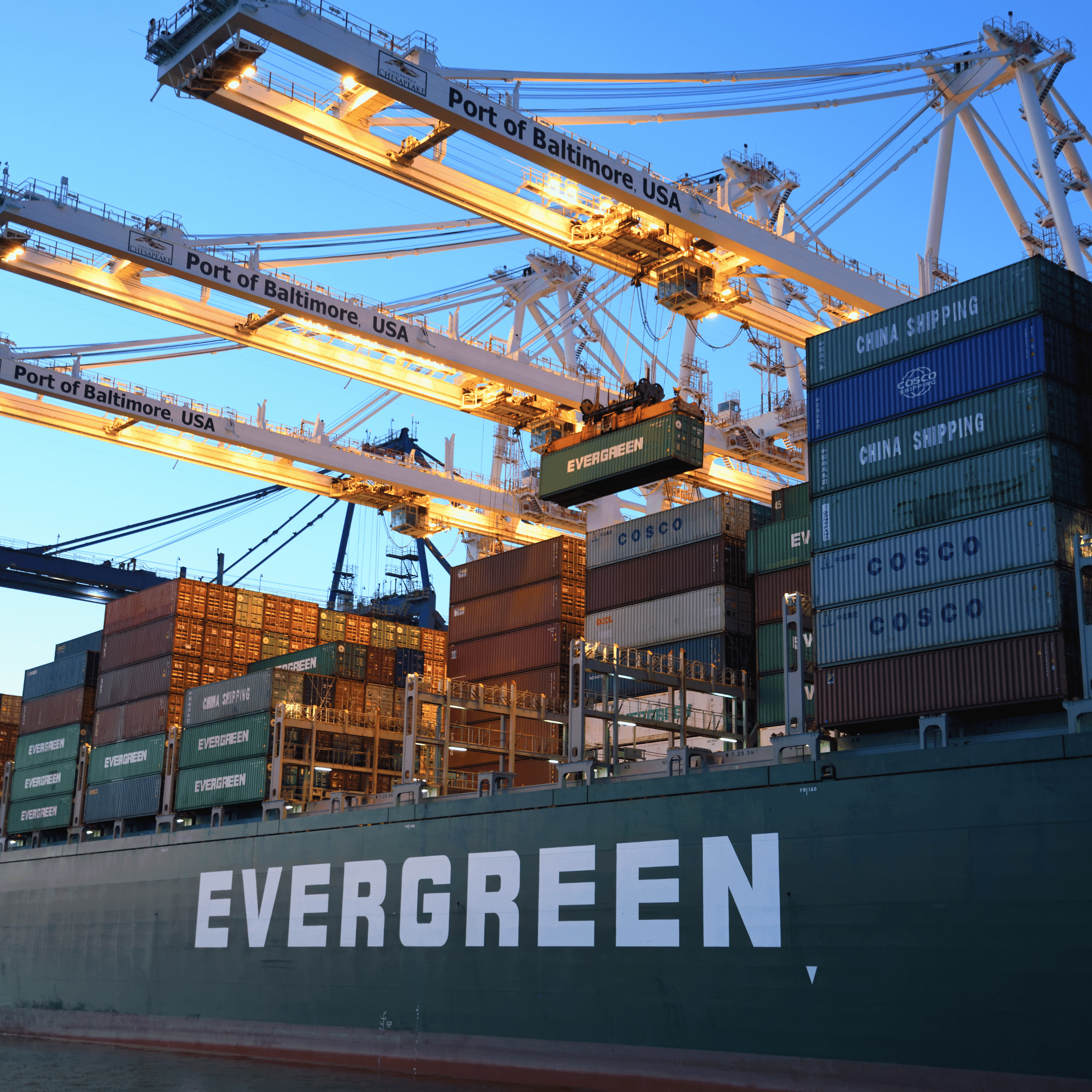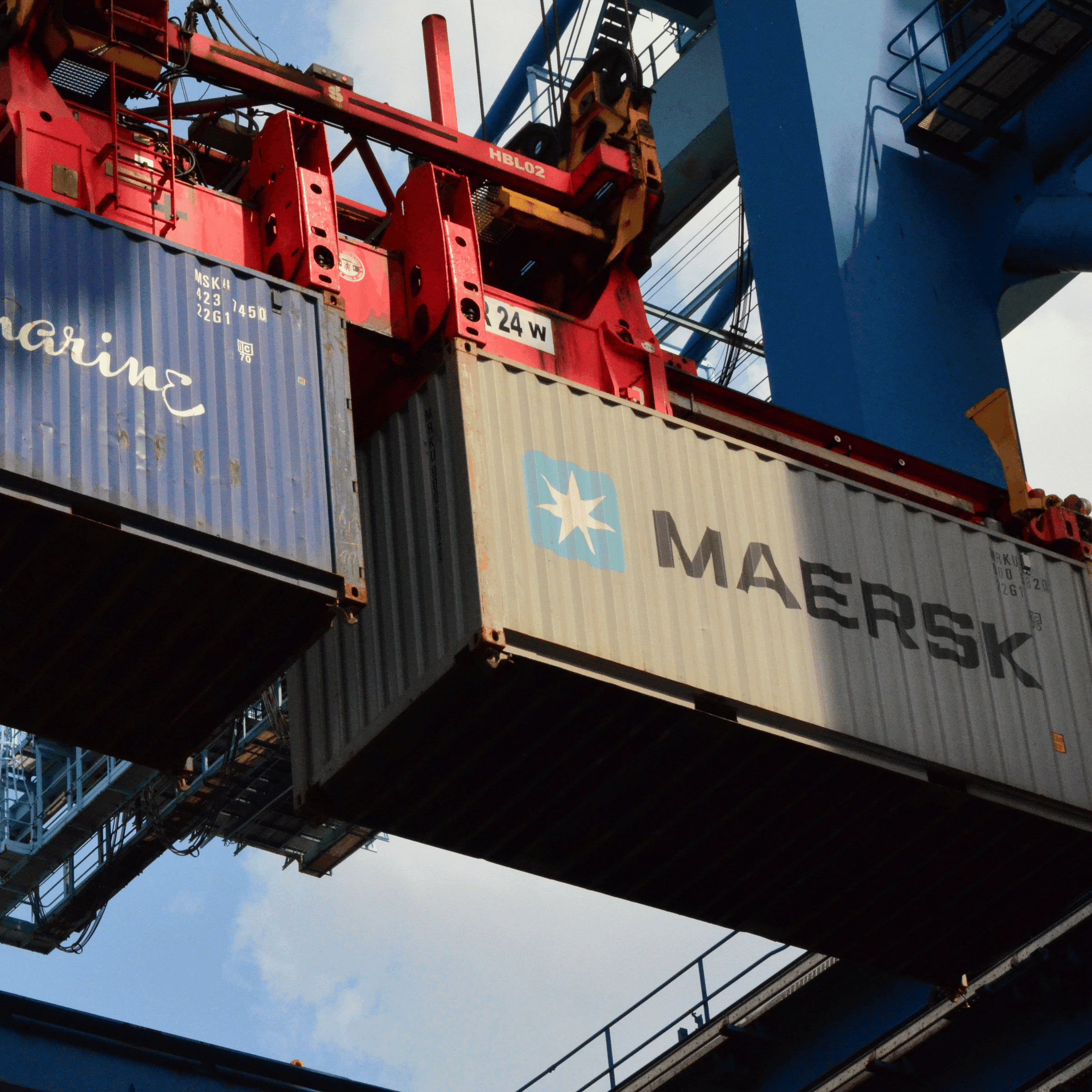International trade has brought together the global community, making it essential for nations to have stringent yet streamlined customs clearance procedures. Understanding these processes is crucial for businesses and individuals engaged in the import or export of goods. This article provides a comprehensive guide to the meaning and process of customs clearance.
Meaning of Customs Clearance
Customs clearance refers to the official procedure by which customs authorities inspect, verify, and grant permission for goods to enter or leave a country. It is a regulatory measure that ensures:
– Compliance with local import/export regulations
– Payment of the correct duties and taxes
– Submission and verification of necessary documentation
– Safeguarding a nation’s economic, health, safety, and security interests
In essence, customs clearance acts as the gateway for goods in international trade, ensuring that they align with the national and international standards set by a country.
The Process of Customs Clearance
The customs clearance process varies from one country to another, depending on local regulations, infrastructure, and technological capacities. However, a generalized procedure includes the following steps:
Documentation
Before shipping, the exporter prepares essential documentation, including commercial invoices, packing lists, and bills of lading. If special permits are required due to the nature of the goods (like agricultural or pharmaceutical products), those must also be obtained.
Declaration
Upon arrival at the destination port or airport, a customs declaration must be filed. This document states the nature, quantity, and value of the goods being imported or exported. In many countries, this is an electronic process known as an Electronic Data Interchange (EDI).
Inspection
Customs officials inspect the shipment to verify the accuracy of the declaration. This can be a physical inspection or a document-based verification. Factors determining the inspection depth include the nature of the goods, the country of origin, and any perceived risks.
Duty and Tax Assessment
Once the shipment is cleared for entry, customs authorities assess the applicable duties and taxes based on the shipment’s value, type, and other relevant factors.
Payment
Duties and taxes must be paid before goods can be released. In some cases, businesses have accounts with the customs department and are billed periodically. In others, immediate payment is required.
Release of Goods
After all duties and taxes are paid, and the shipment is deemed compliant, goods are released to the importer or their designated agent.
Guide for Smooth Customs Clearance
For an efficient and hassle-free customs clearance –
Stay Informed: Familiarize yourself with the latest customs regulations and tariff rates of the importing country. Many countries provide online platforms with updated information.
Ensure Proper Documentation: Always double-check documentation for accuracy. Any discrepancies can lead to delays or penalties.
Work with Reliable Partners: Hiring a reputable customs broker or clearing agent can be beneficial. They are professionals who specialize in the clearance process and can navigate complex customs procedures.
Plan for Delays: While many shipments clear customs without issues, unforeseen delays can occur. Planning for such eventualities helps in managing timelines and expectations.
Compliance is Key: Ensure that the goods being imported or exported comply with all local regulations. Non-compliance can lead to seizures, fines, or other penalties.
Conclusion
Customs clearance is an integral part of international trade, serving as the nexus between regulatory compliance and the free movement of goods. As global trade continues to expand, understanding and efficiently navigating the customs clearance process will remain pivotal for businesses and individuals alike.

